OUR CHALLENGE
Emergency Planning
MARCH 3, 2025
Note, first, that in a disaster a government cannot help but spend money on it, and copiously; secondly that good planning and wise investments can avoid enormous losses and casualties; thirdly, that what I have just recounted is true for most other kinds of major disaster; and fourthly that we face bigger, more spectacular events in the future.


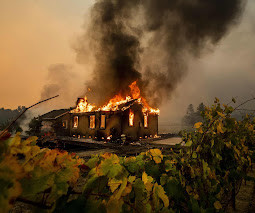

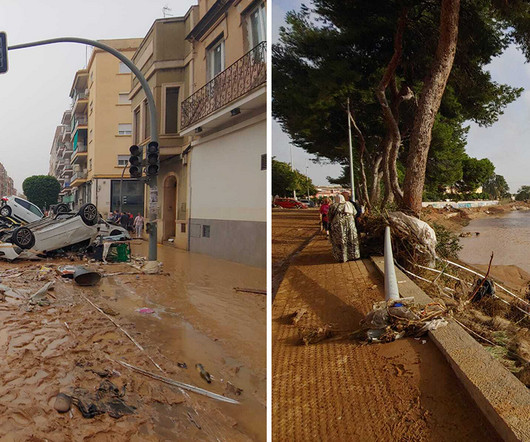



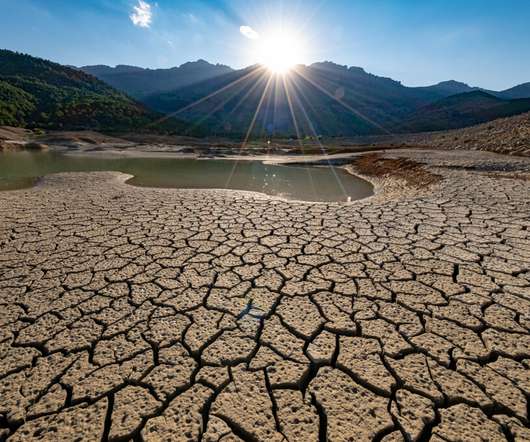

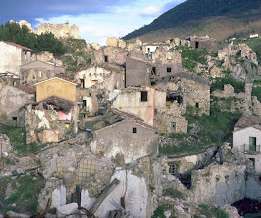
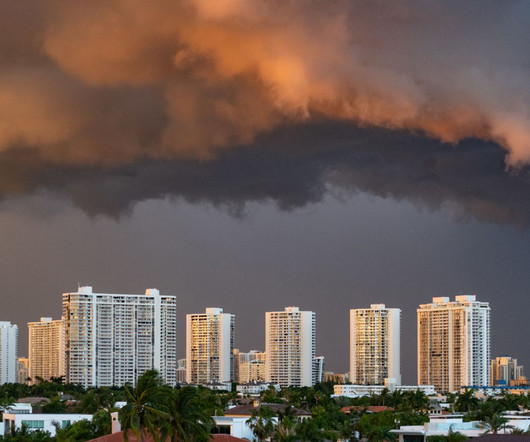


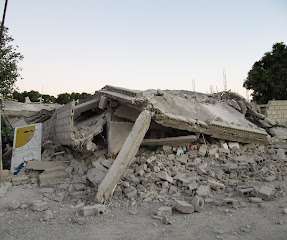

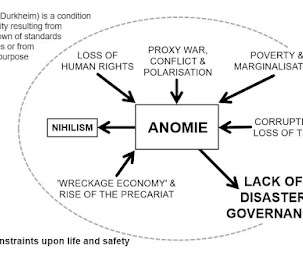






Let's personalize your content